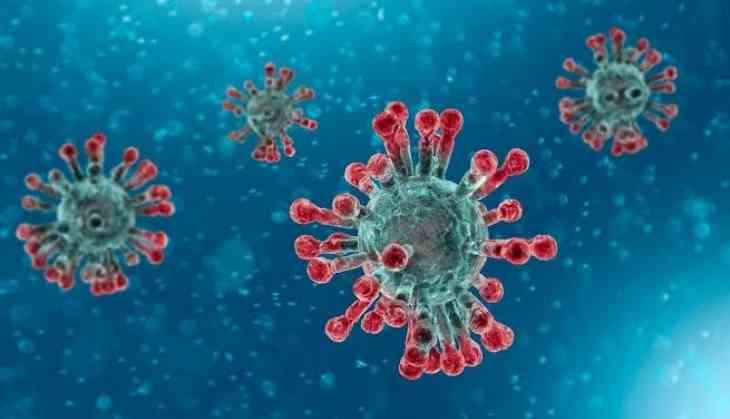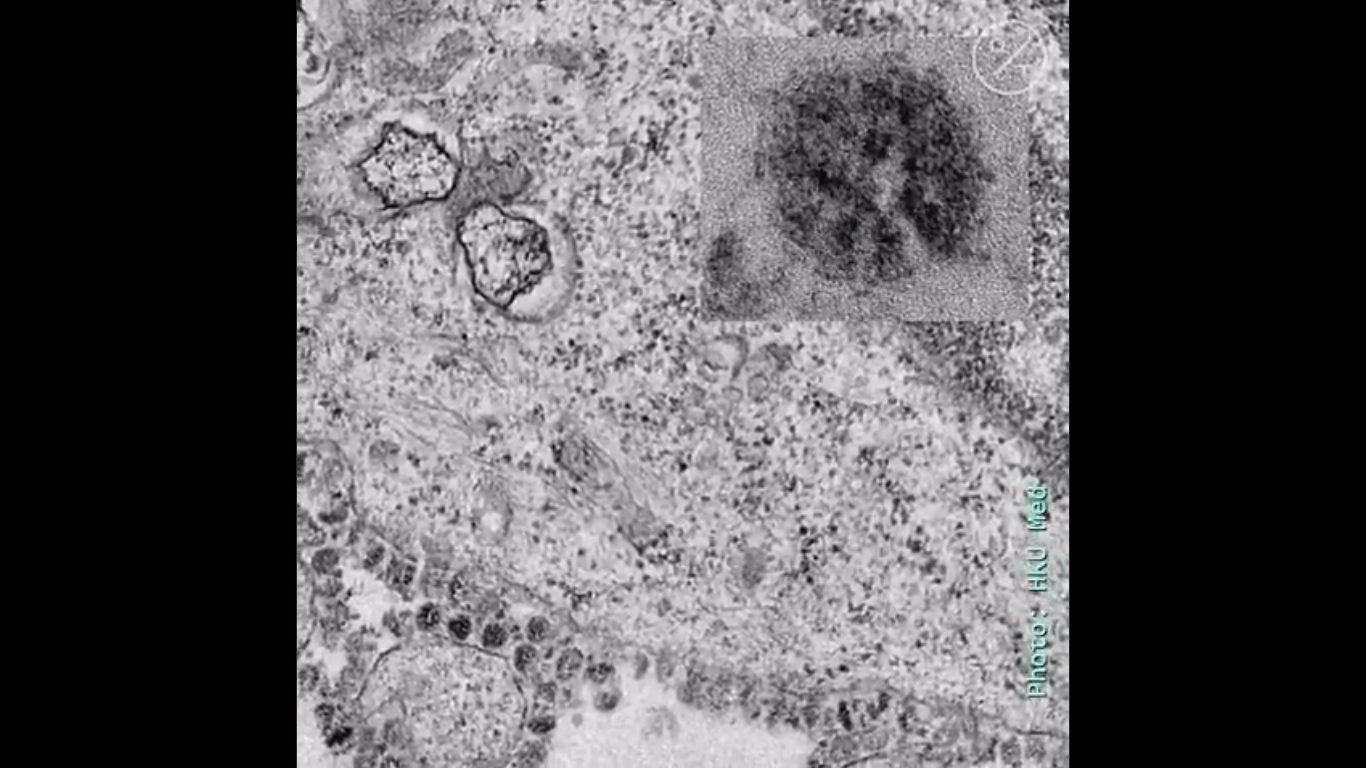
Viruses are very tiny, you would have to divide a single millimetre on your ruler into a million parts to easily evaluate one.
The 2019 Coronavirus, a previously unidentified pathogen that has taken the lives of hundreds in China and affected three people in India, is no exceptional.
Recently, researchers have released microscope images providing a near at hand glimpse at 2019-nCoV whose rapid escalation across several nations has been declared a Public Health Energency of International Concern.
The image below, from the University of Hong Kong’s LKS Faculty of Medicine, displays copies of the novel coronavirus being let out from the surface of an infected cell.
"Each infected cell produces thousands of new infectious virus particles which can go on to infect new cells," the University of Hong Kong said on Twitter (@hkumed).
Also Read: Coronavirus: Third confirm case of deadly disease reported in Kerala

Researchers at Australia’s Doherty Institute have released a video clip that displays the novel coronavirus in cell culture.
Mike Catton, the institute's deputy director, stated antibody tests based on the lab-grown virus could help find out its reach and fatality rate, and measure trial vaccine effectiveness, according to a statement posted on 29th January.
Coronaviruses get their name from the spike proteins on their surface, which brings about an effect similar to a solar corona -- the part of the sun's atmosphere that's visible during a total solar eclipse. Corona means "crown" in Latin.
As Indian authorities work to curb the spread of the virus, be wary of false or misleading information circulating on the internet. Trust and share reliable information from sources like the World Health Organisation and India's Ministry of Health.
First published: 3 February 2020, 19:34 IST

